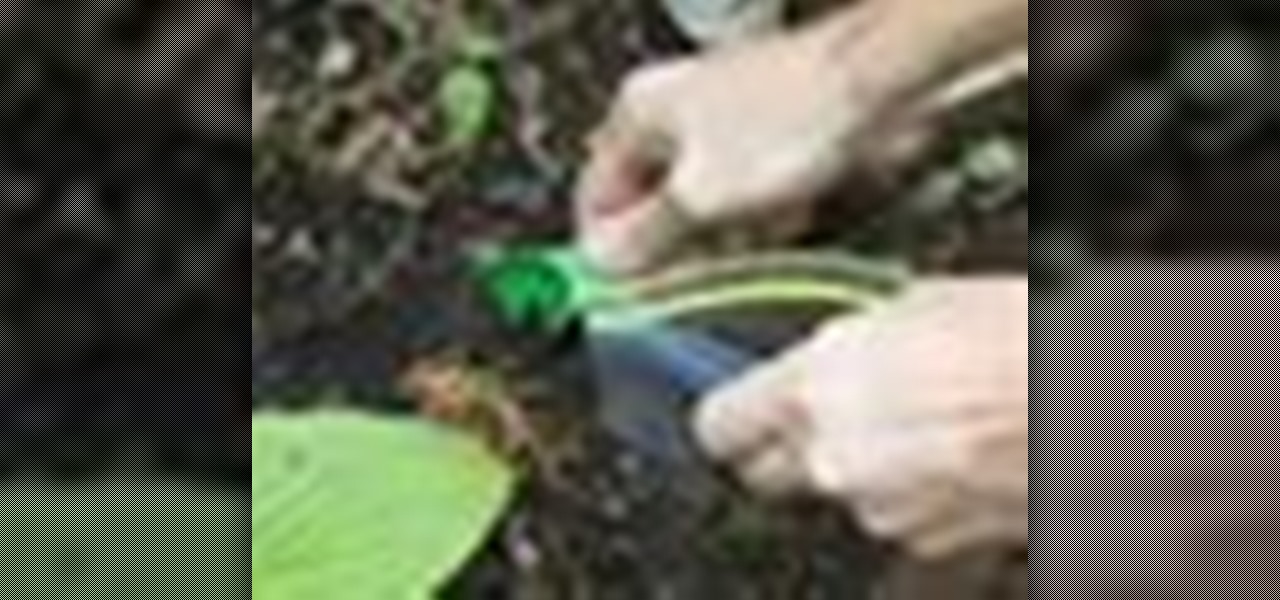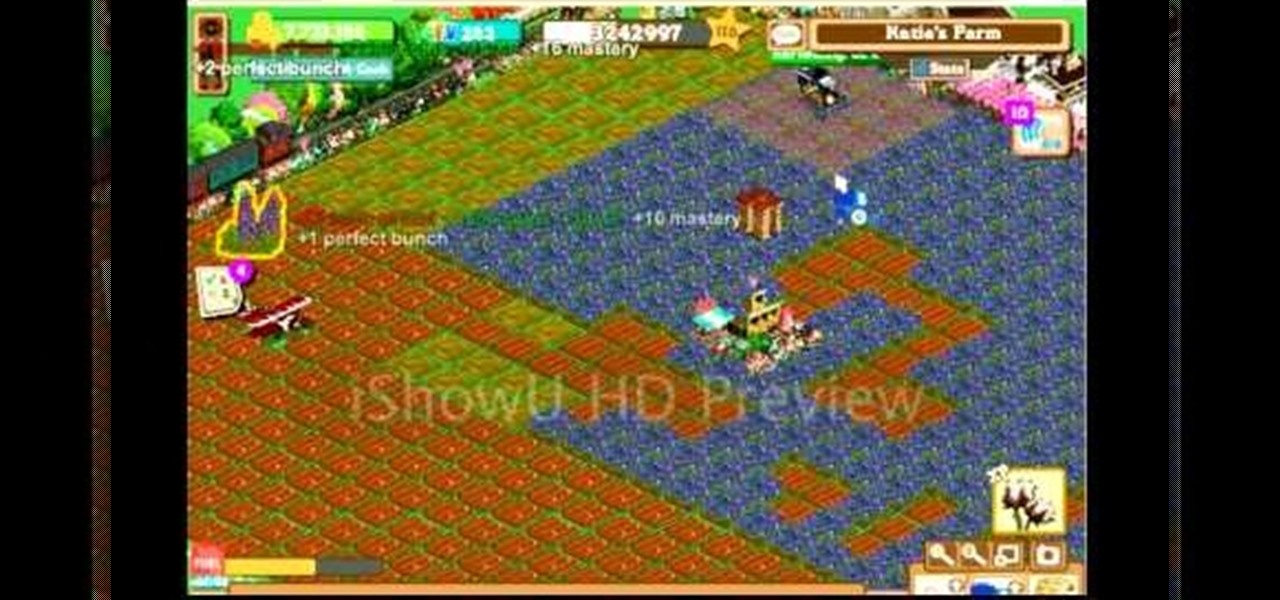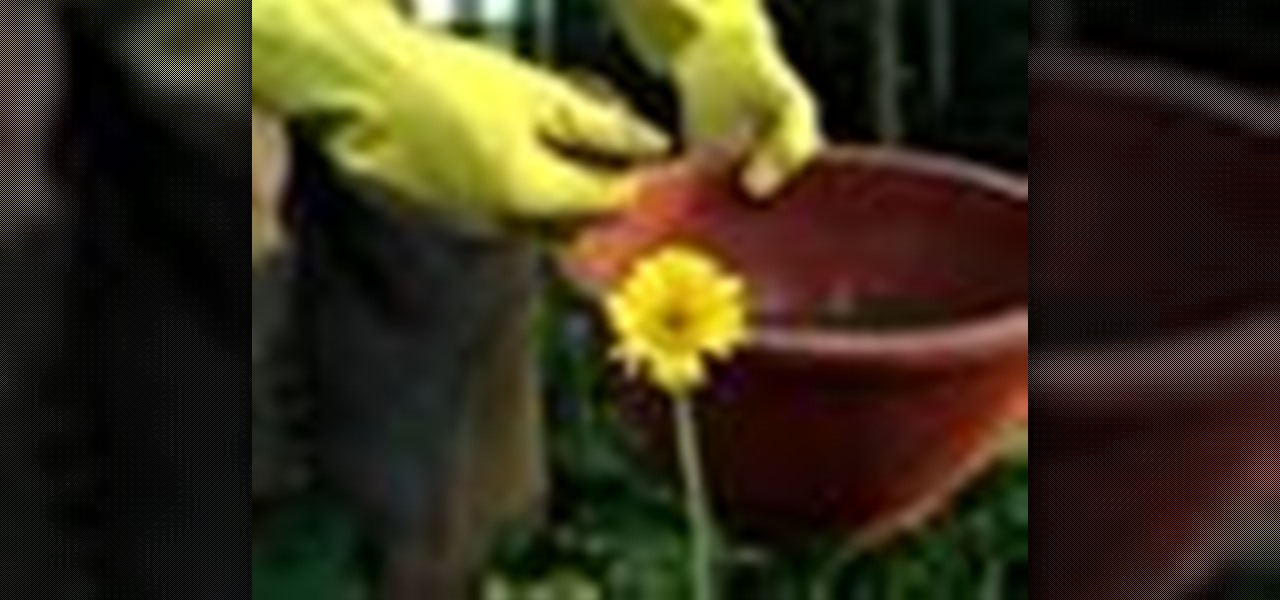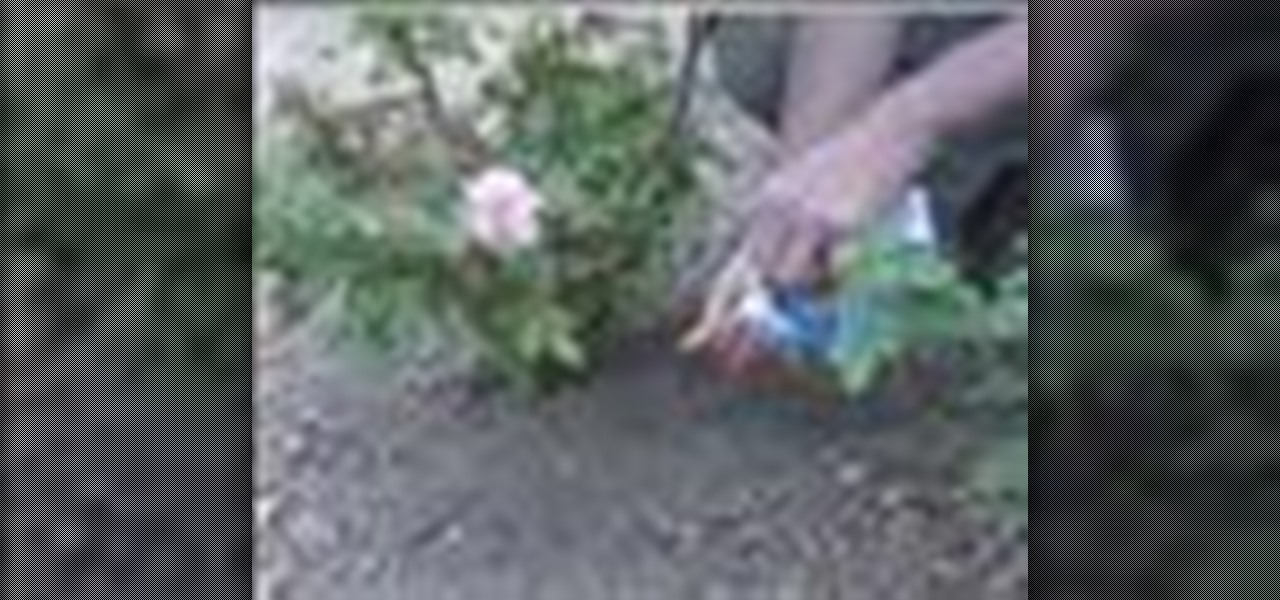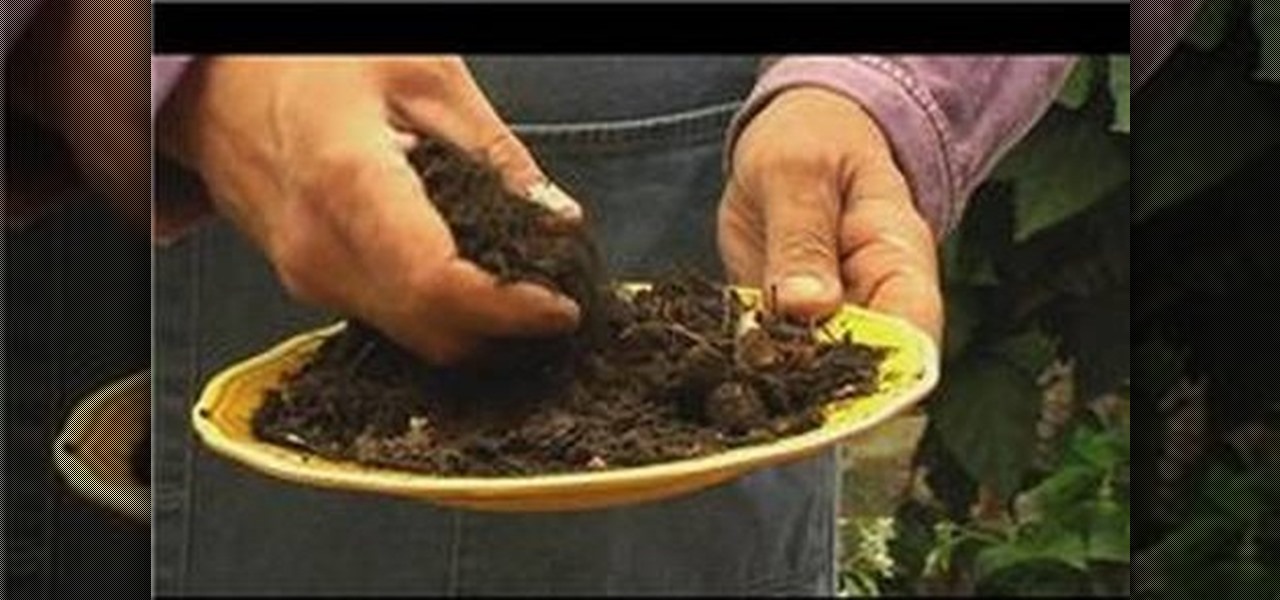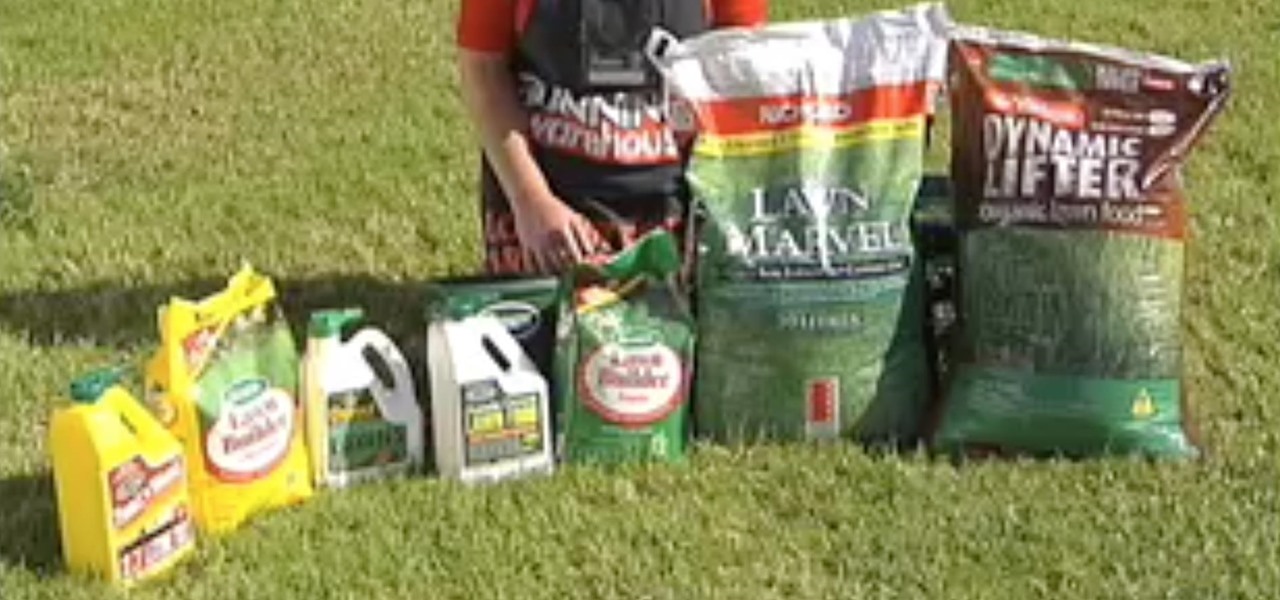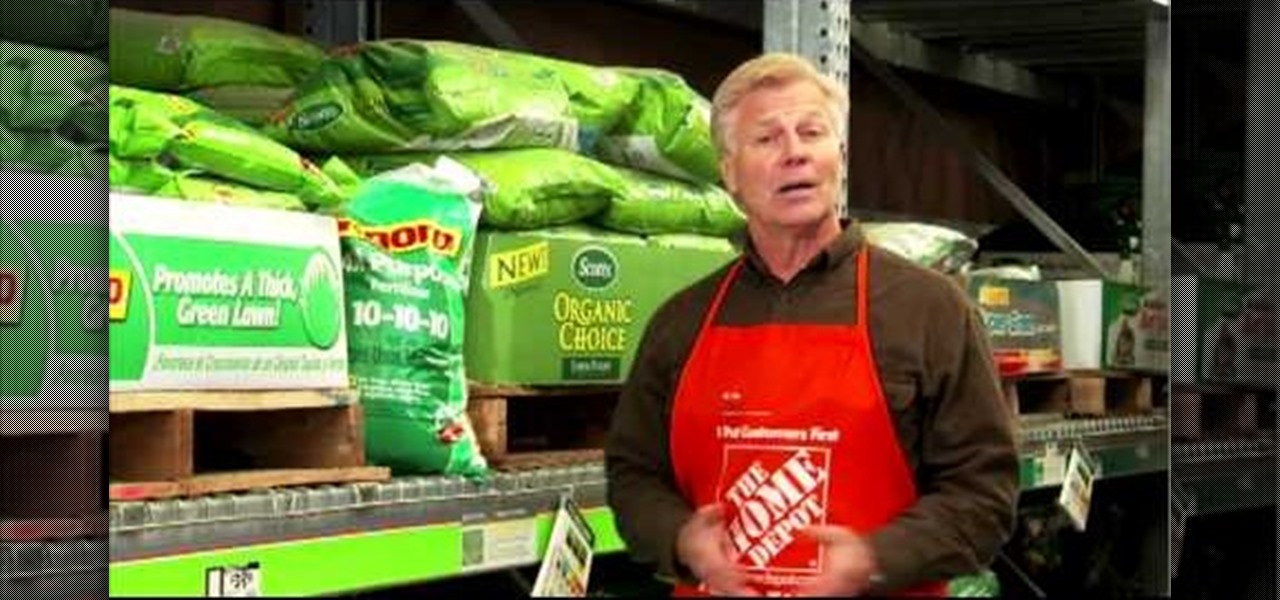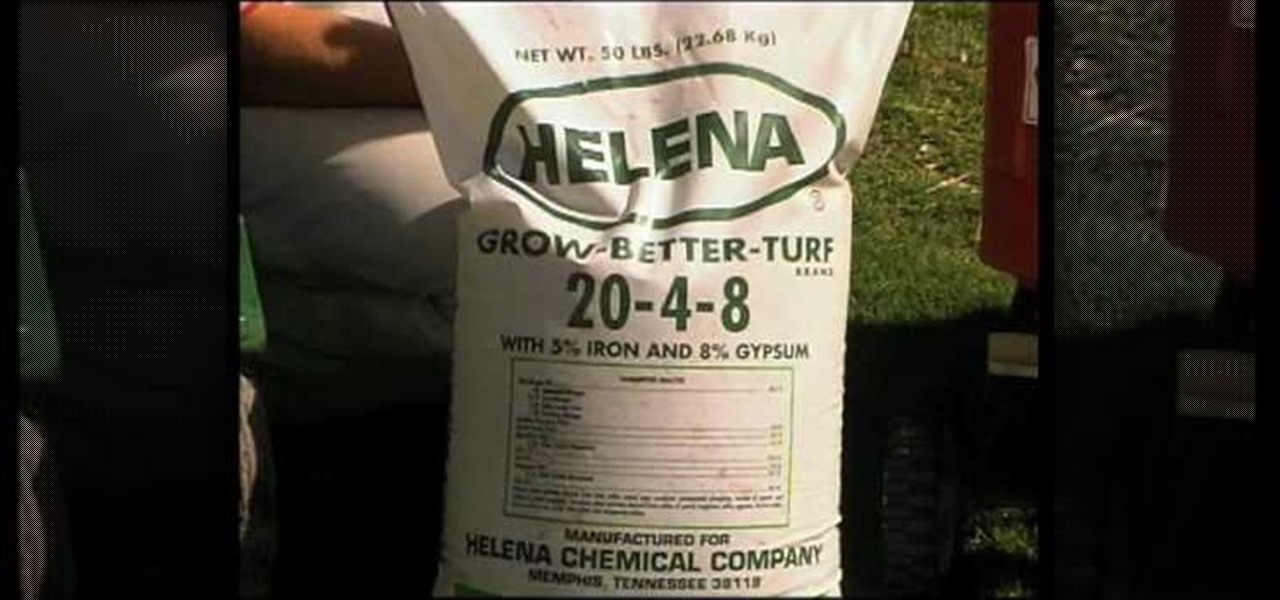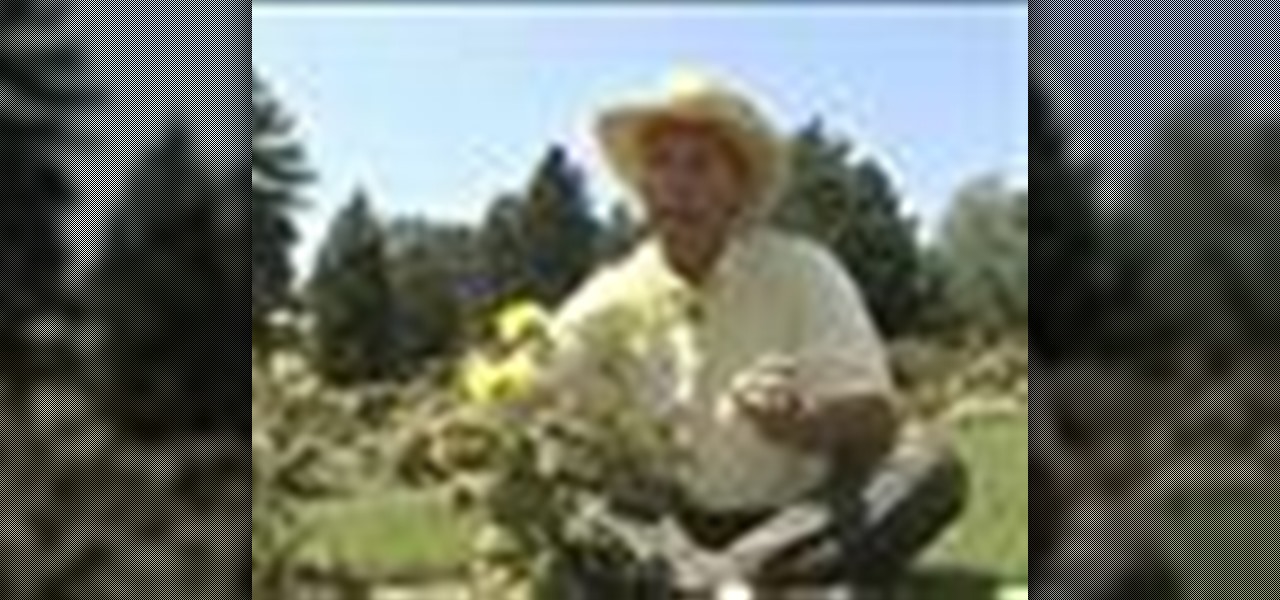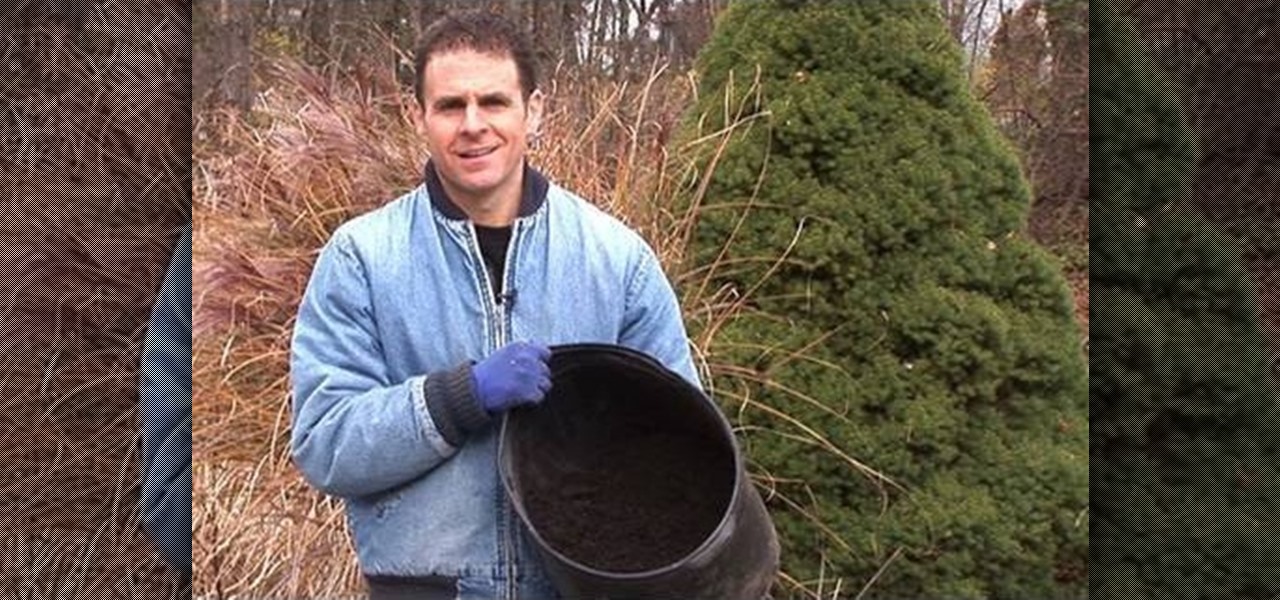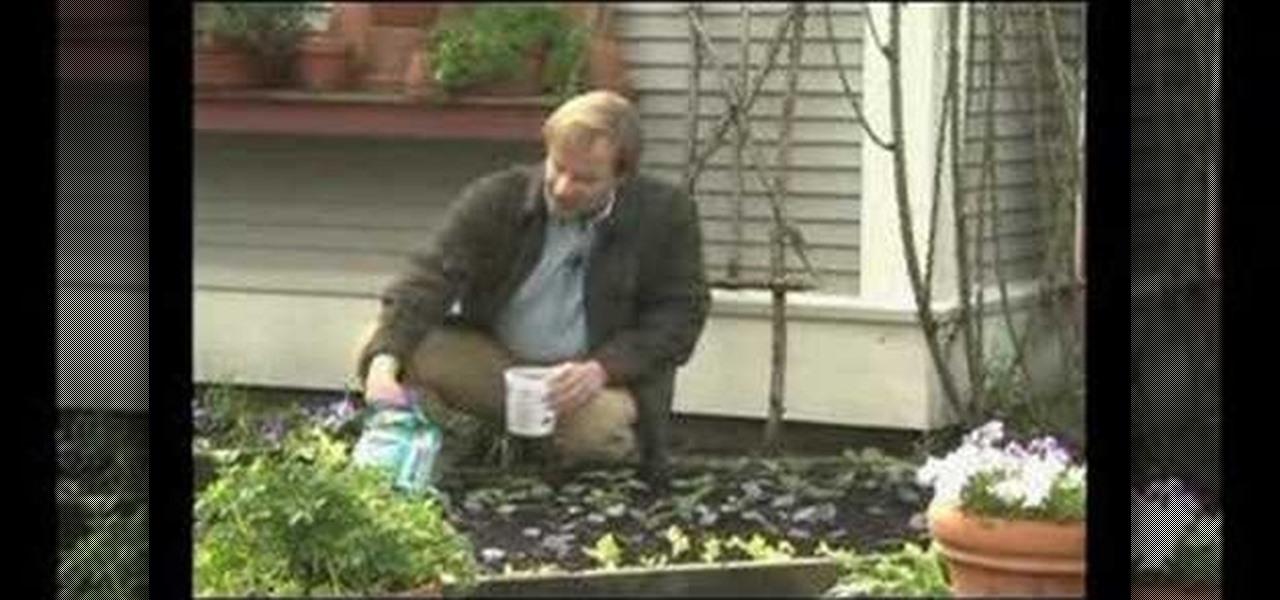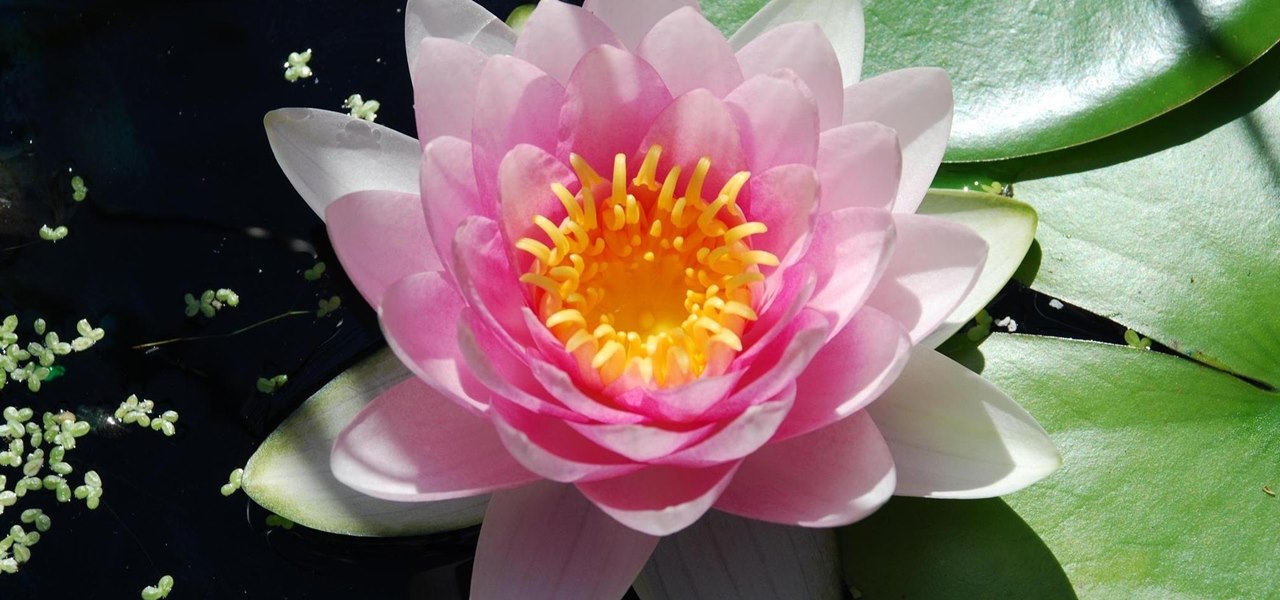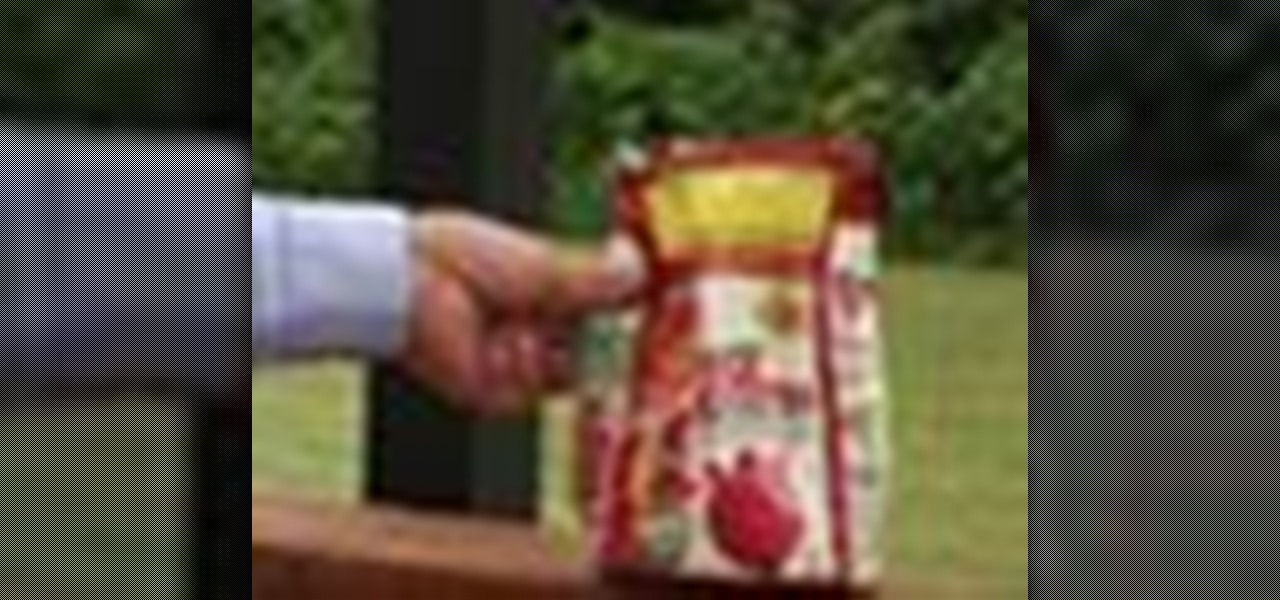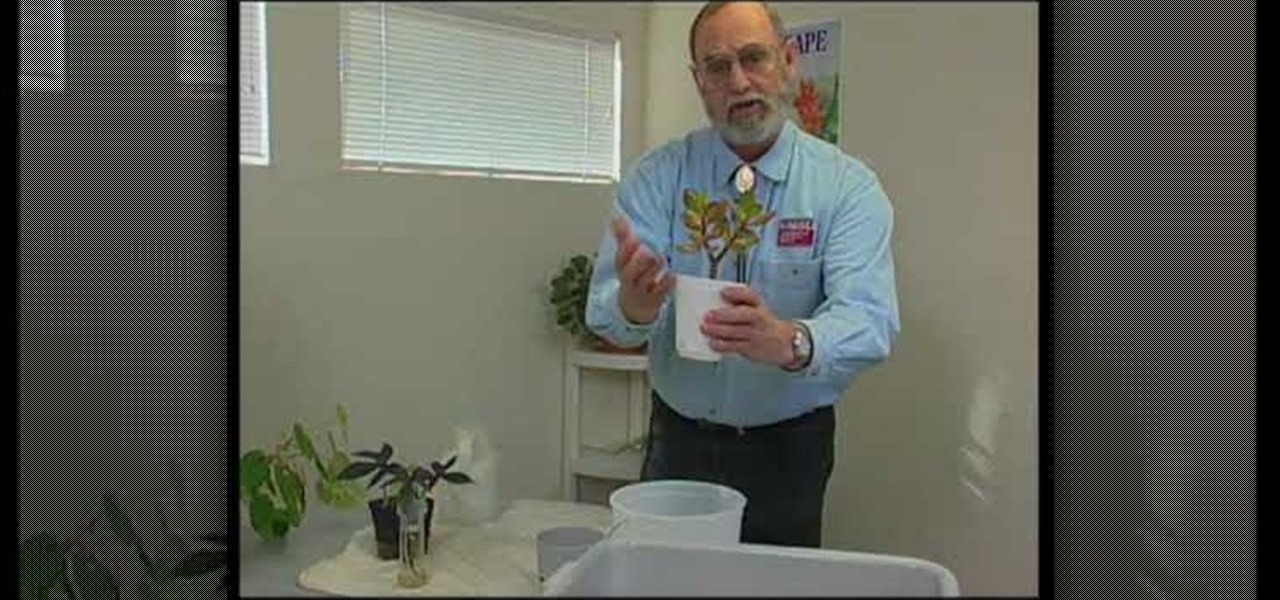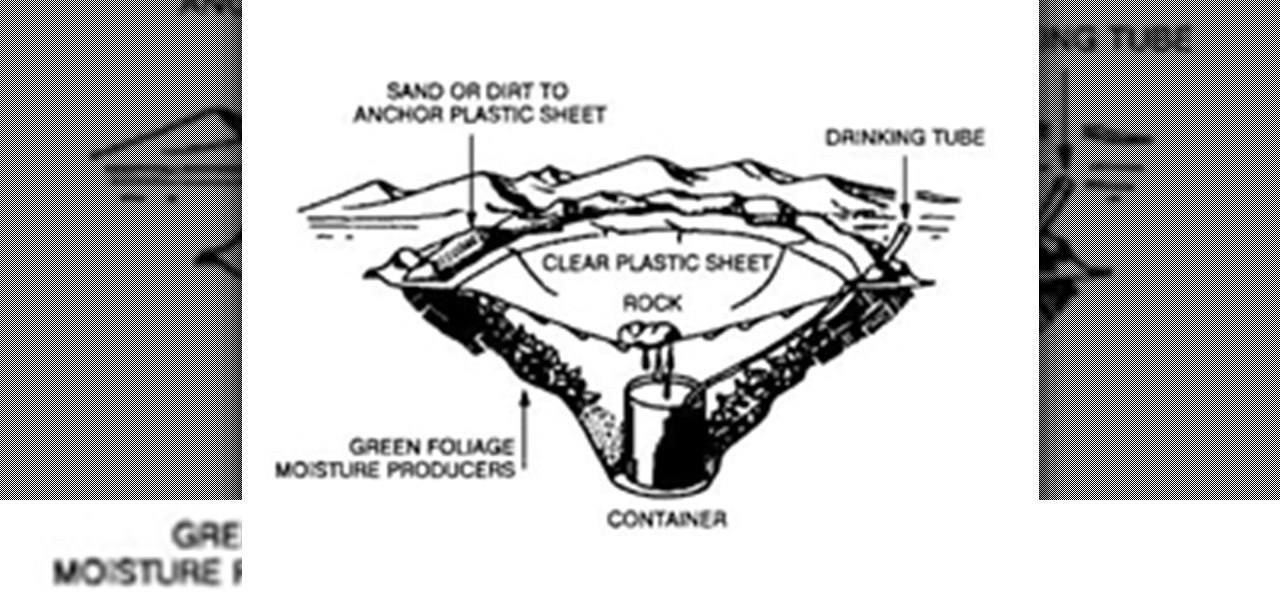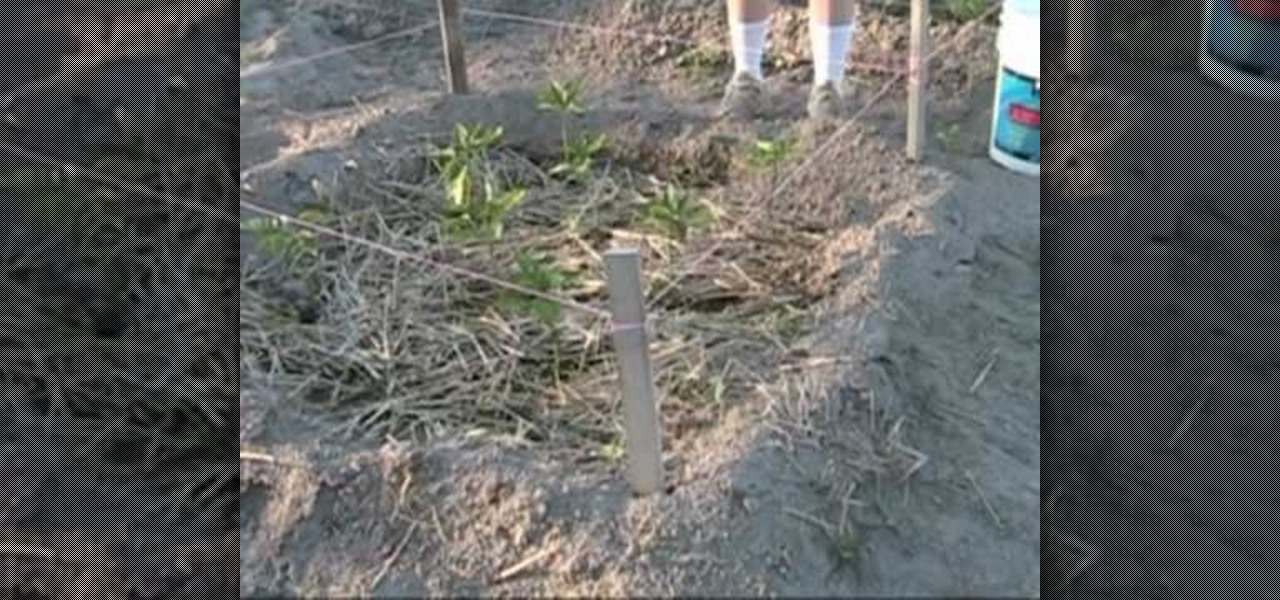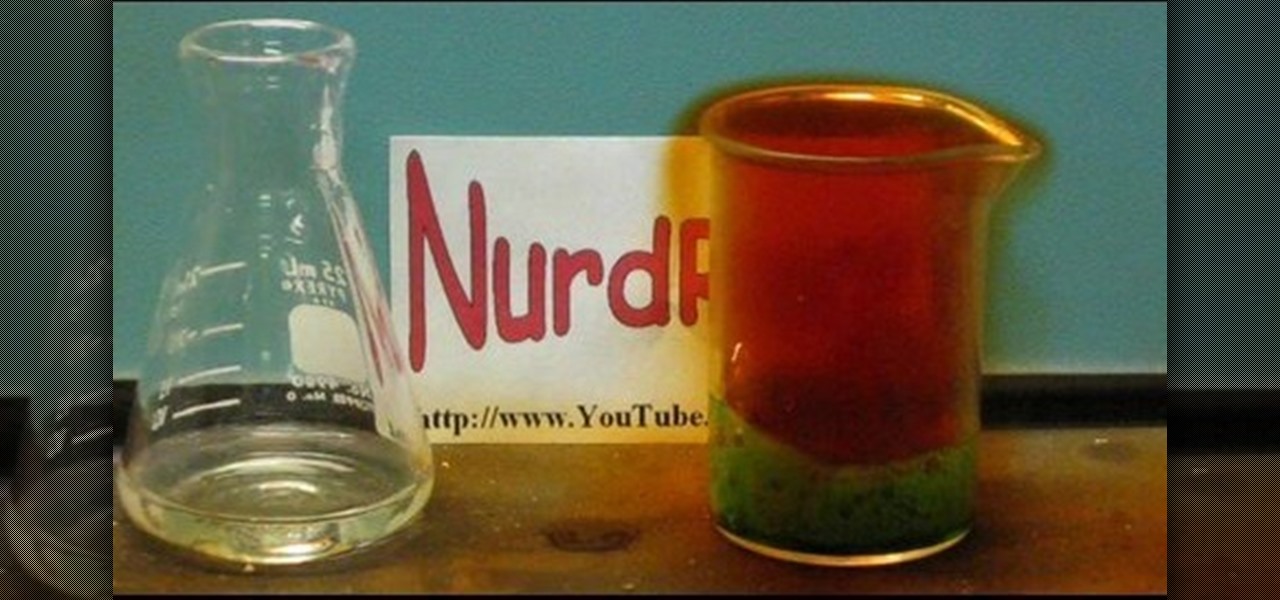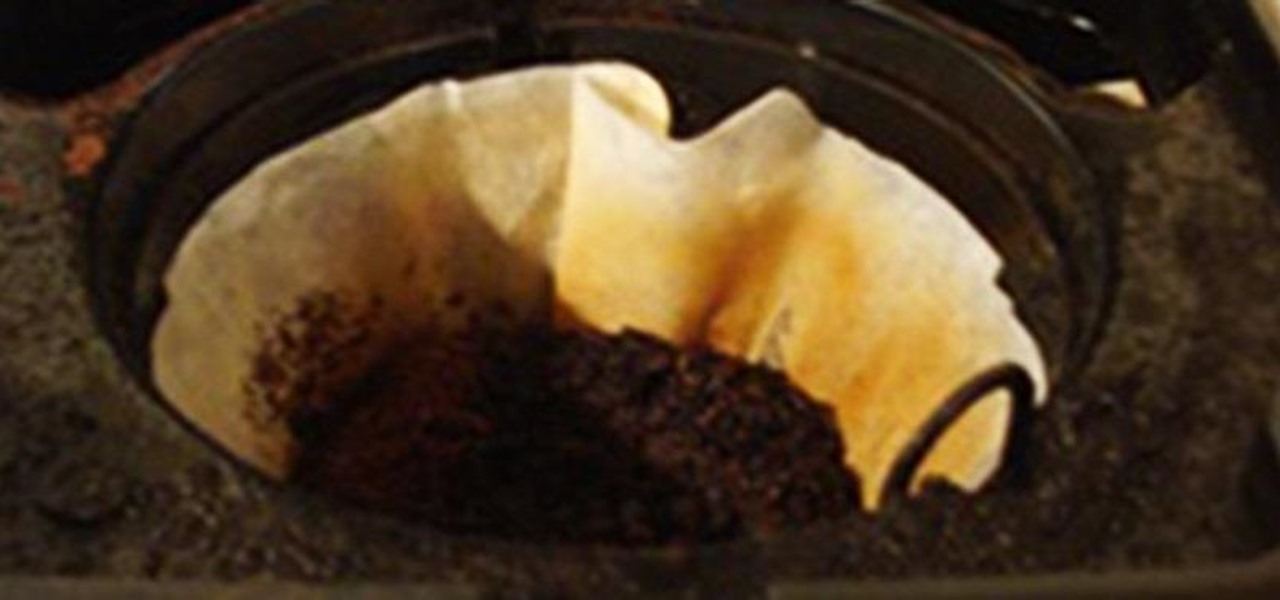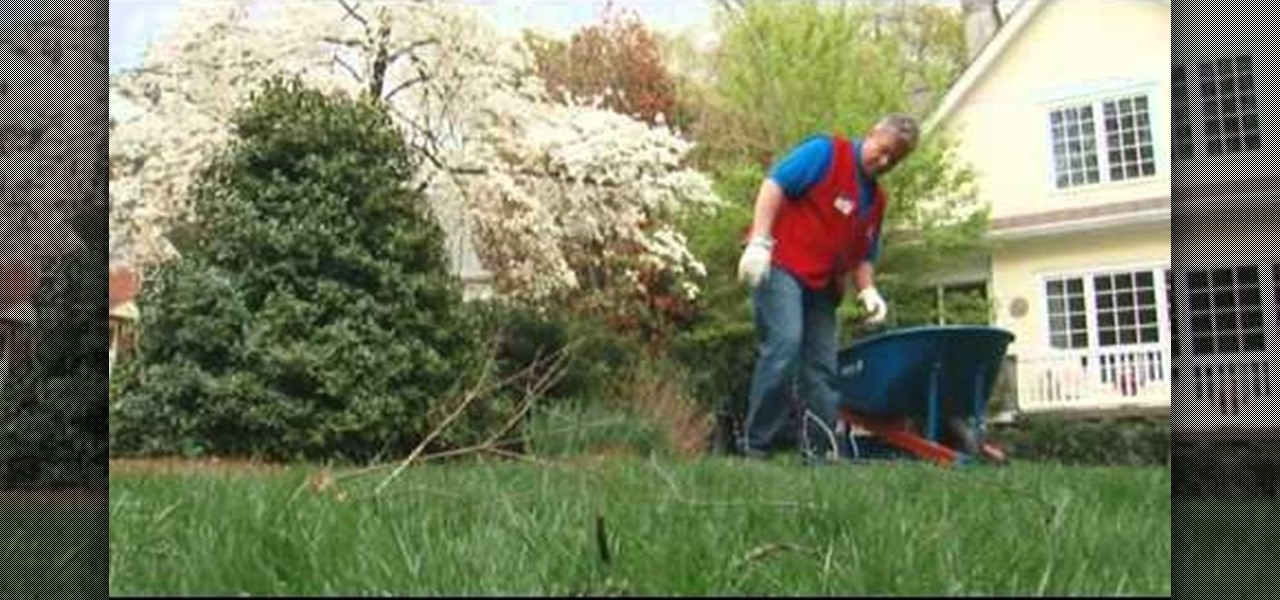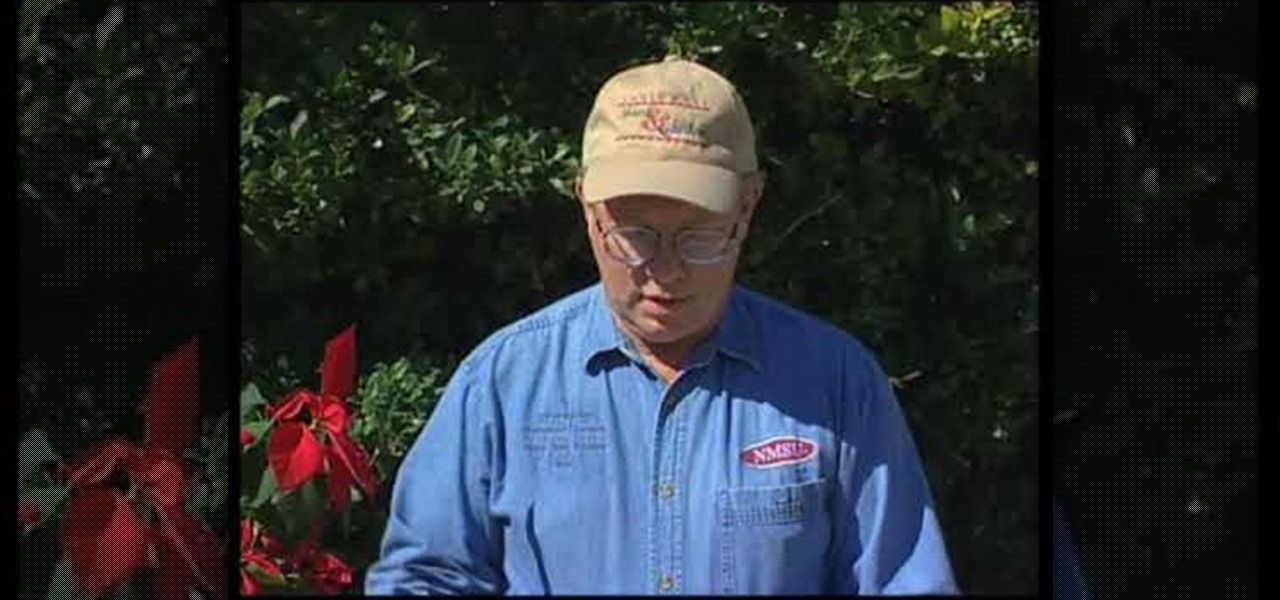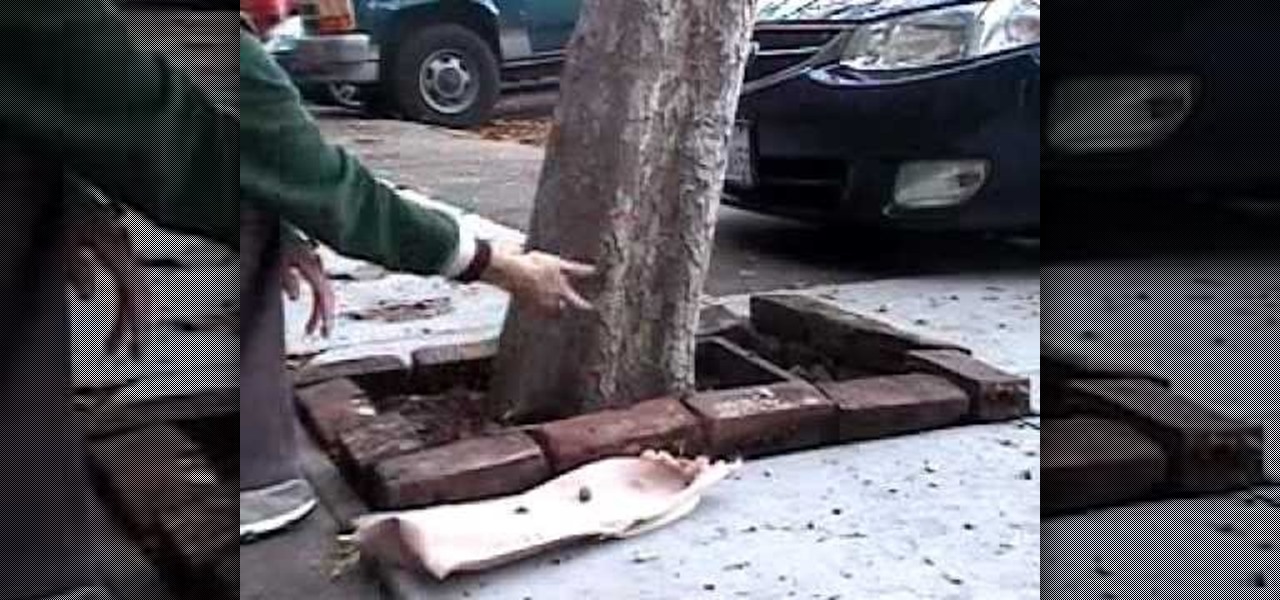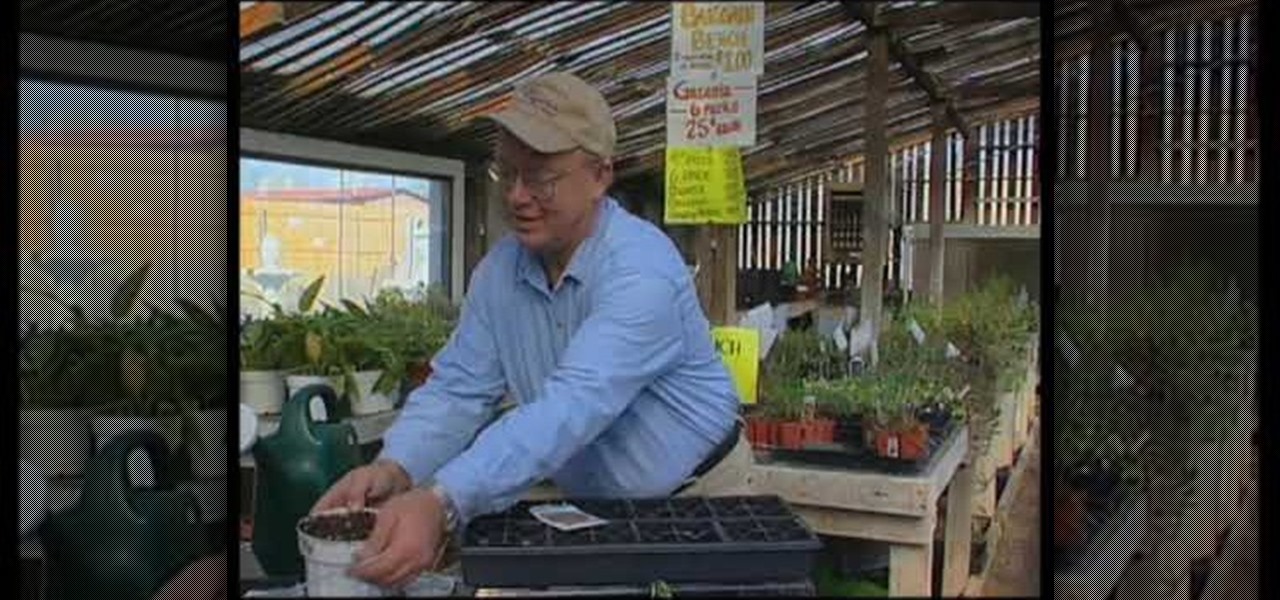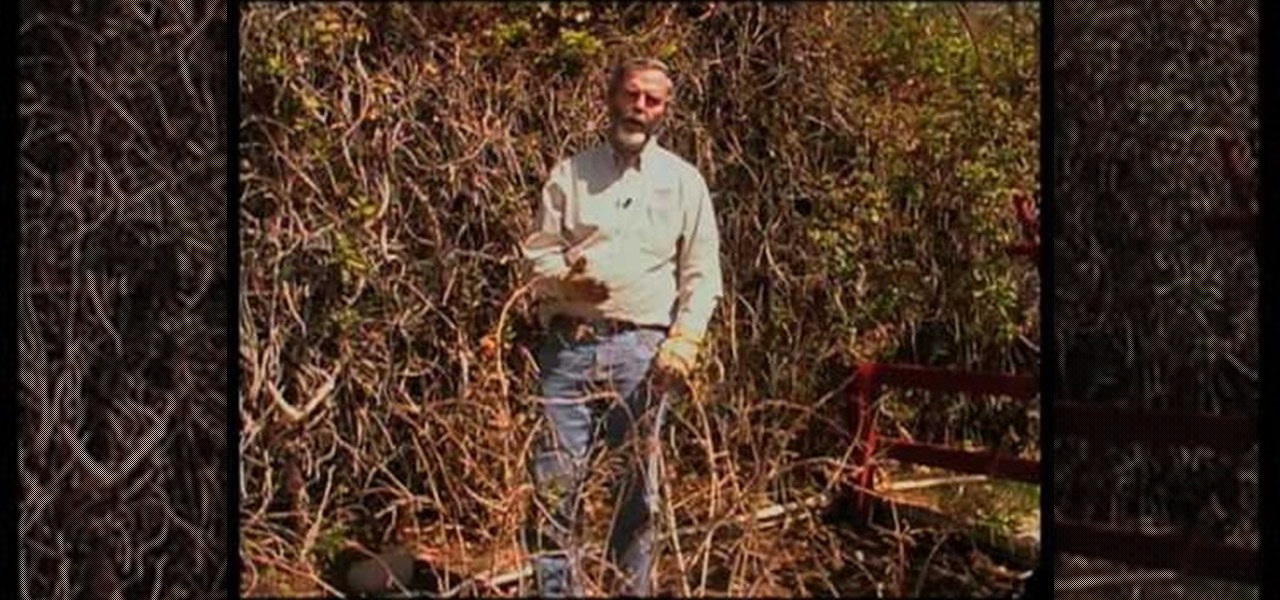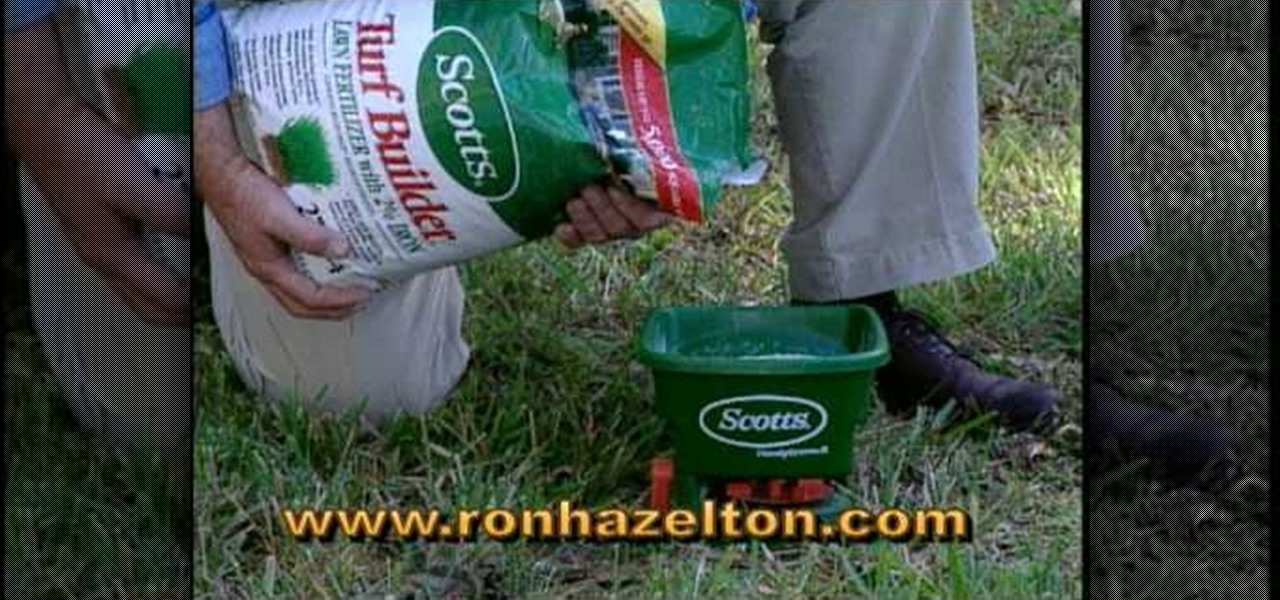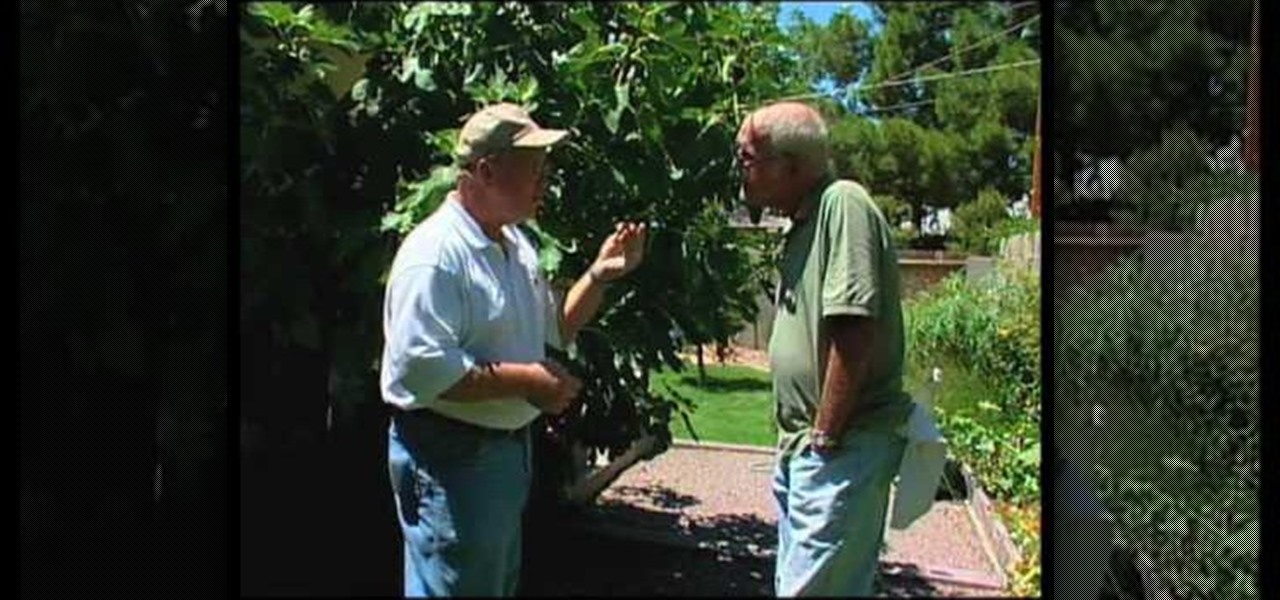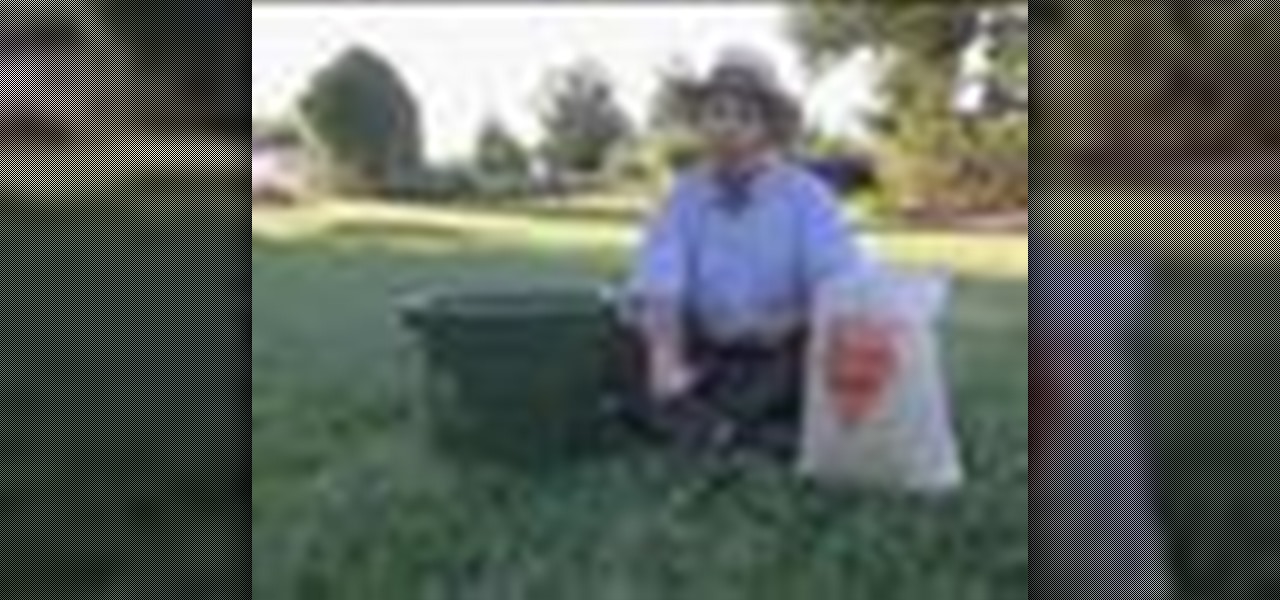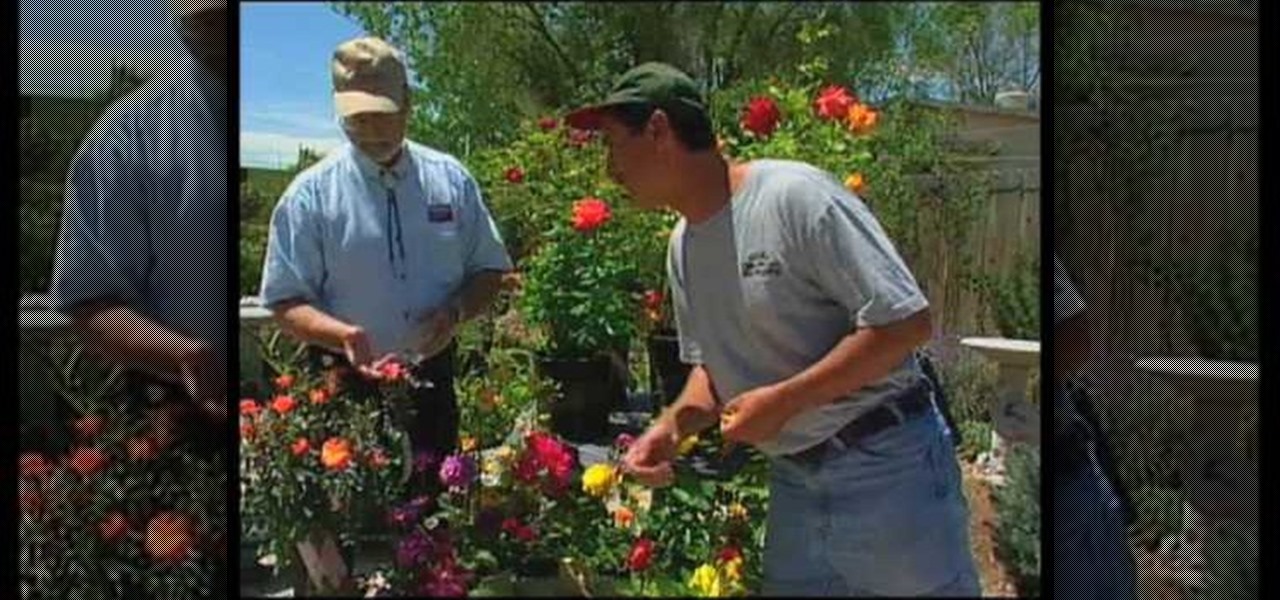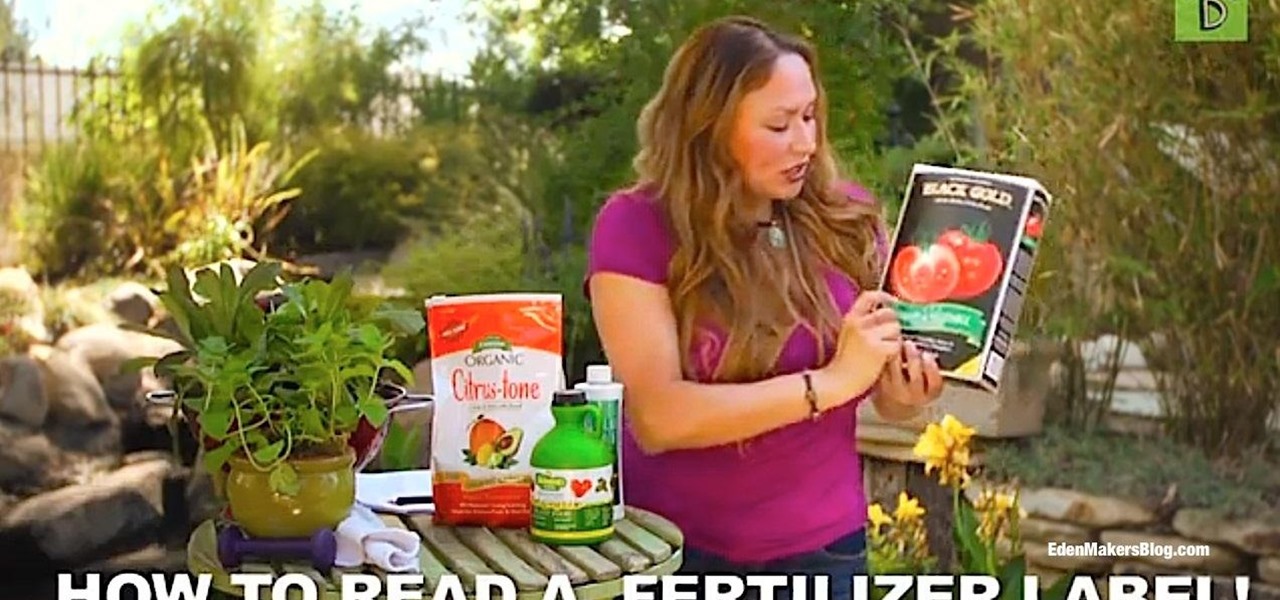
Don't be intimidated about plant nutrition and how to read those mysterious numbers on fertilizer labels! Watch this funny and memorable video that breaks down the basics of fertilizing and shows you how to feed your plants.
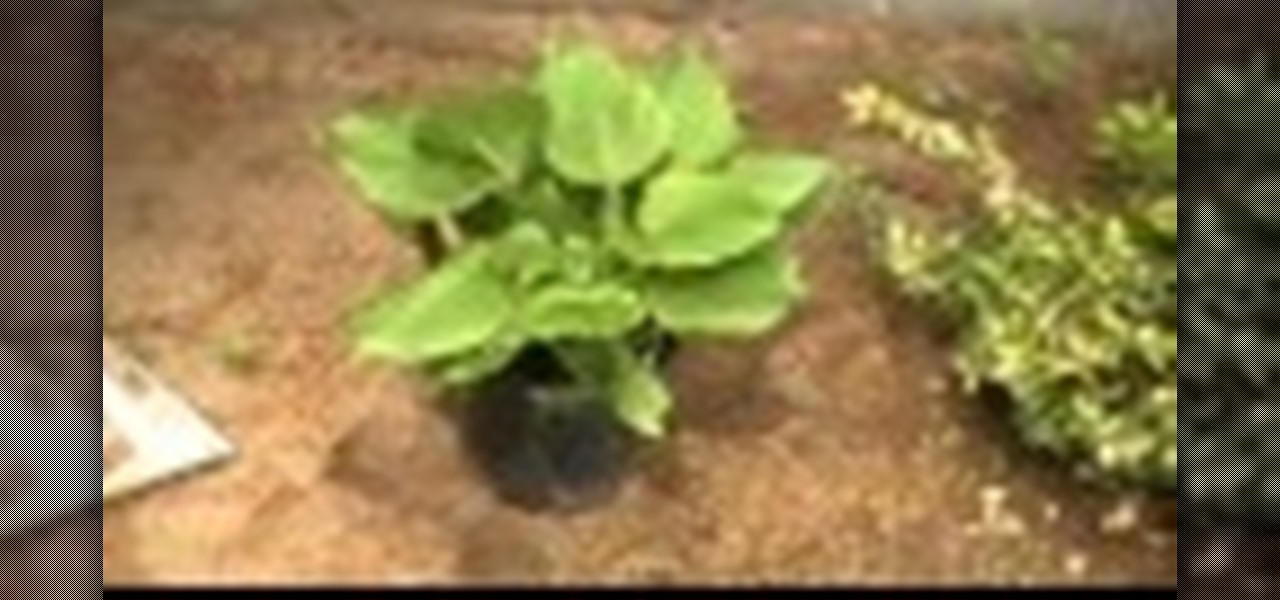
This video will show you how easy it is to transplant a Hosta plant into your garden.
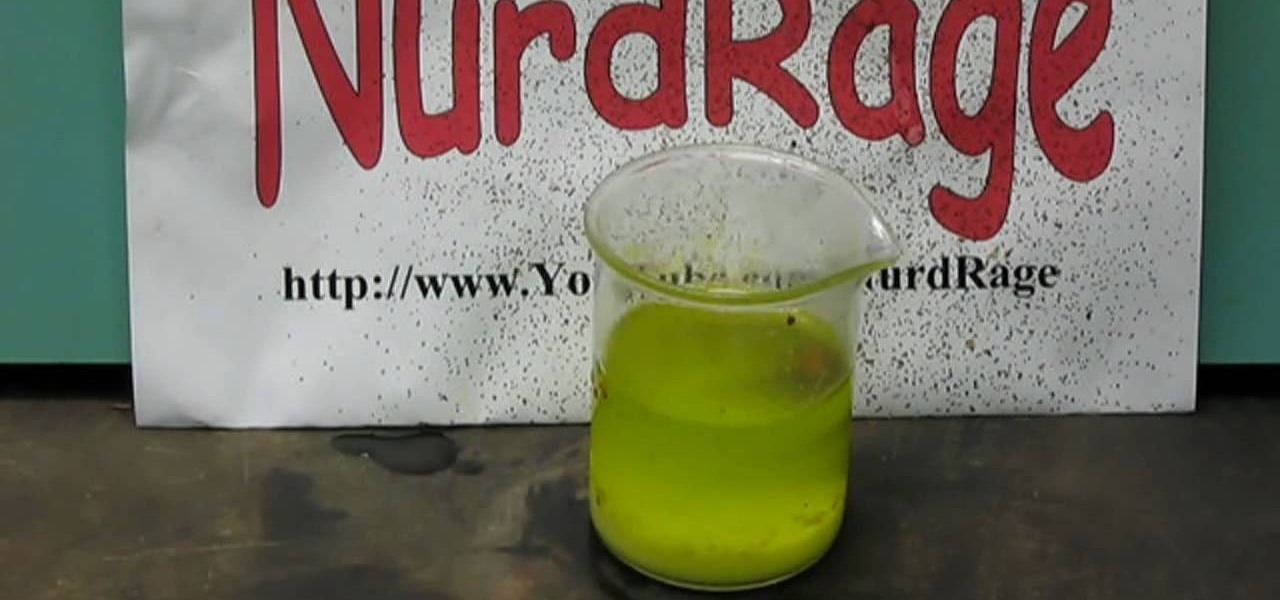
Watch this science video tutorial from Nurd Rage on how to test if a fertilizer has nitrates rather than urea or ammonia as its nitrogen source.
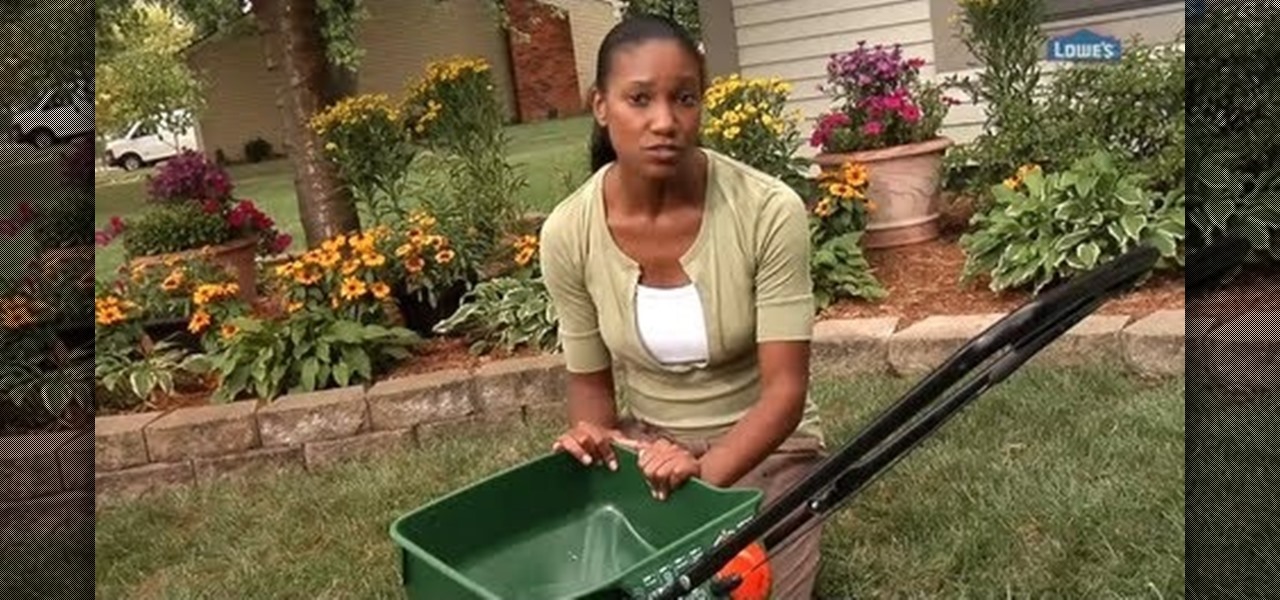
Everyone loves a nice lush lawn, but as most of us know, it's not something that happens by itself. Sometimes it takes a little push to get your grass at its greenest, and that's when fertilizer is your friend. Lowe's has the advice you need when it comes down to picking the right kind.

Like most living things, your plants in FarmVille will always enjoy a good meal. Understanding the types and effects of fertilizer will help you level up quicker!
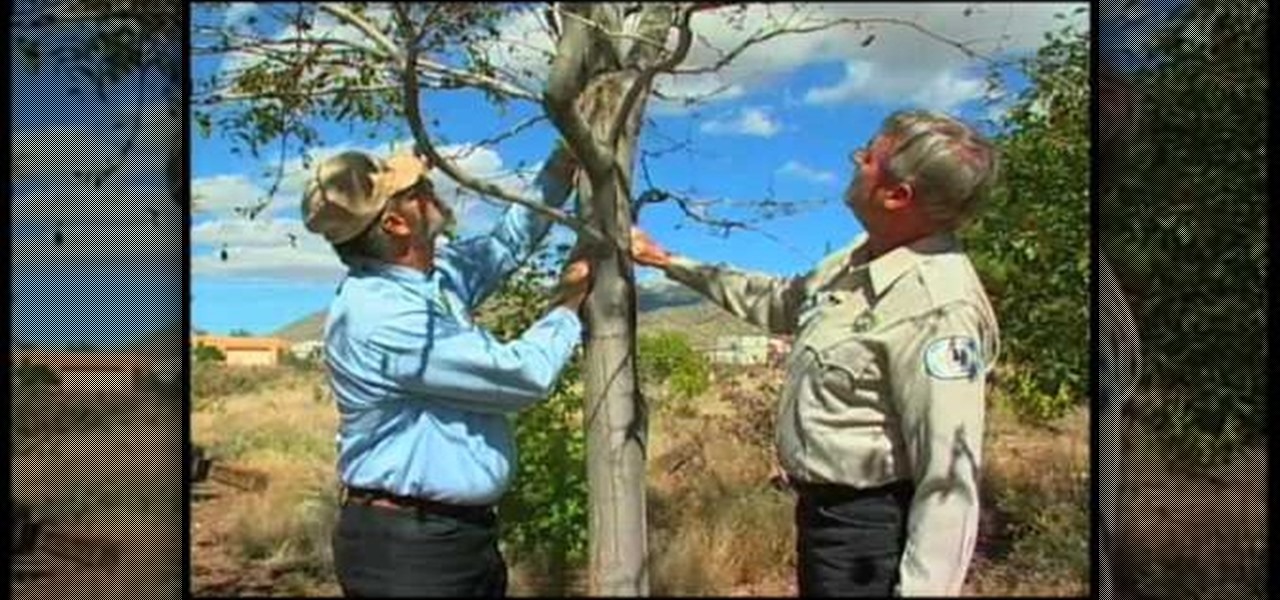
In this video, we learn how to identify common tree problems. If you use too much fertilizer you can find a burn scar that is left on the bark of the tree. You can avoid this by making sure fertilizer spikes are placed away from the tree. Tree splitting is also an obvious sign that a tree is in bad shape and needs to be cut and taken down. A common leaf problem is Pear Slug Damage. A great way to help this to use wood ash on the tree, which will kill the insects that cause this and it's safe ...

To grow beautiful flowers and plants in an outdoor garden, you need to feed your soil the right plant food – a fertilizer that will help your plants thrive. Watch this video to learn how to choose plant fertilizer.

Get the most out of every large bag of fertilizer you can find in FarmVille! First, harvest your crops that have already been fertilized. Then, replant the empty plots. Finally, spread the fertilizer across the growing plants on your farm!

The one thing that can make your home garden flourish is by taking care of it and meeting the needs of your plants. One of those needs is great fertilizer. And the best fertilizer comes from the heart, not the store. Get great results in your garden by making your own fertilizer and compost at home.

Learn how to neutralize urine as it is used to create fertilizer for house plants with this tutorial. This is a great way to reuse your urine and make a great fertilizer for your garden. All you need is magnesium chloride and urine.

here are lots of products for fertilizing Roses and Roses need fertilizing for the best blooms. A household product that works well is Epsom Salt. The Magnesium Sulfate in Epsom Salts is great for Roses. All you do is take a half cup of Epsom Salt Crystals and sprinkle it around the Rose, once in the Spring and once in the Fall. That will be enough when you water it in to get those blooms going. The only thing to be concerned about is if you have high magnesium levels in your soil. It is alwa...

Organic fertilizer is based of natural occurring compounds instead of chemical based compounds. With healthy, natural soil, learn how your plants and the environment can thrive in this free gardening video series about how to use organic fertilizers on plants. The following clips illustrate:

To keep your lawn healthy, you'll want to fertilize it twice a year: once in fall and once in spring. But what type of fertilizer should you use? The answer, of course, has to do with the type of lawn you have and the sort of results you want to see. For more information on choosing the right fertilizer for your own lawn, watch this home landscaping tutorial.

How's this for creative and romantic? This owner of a lawn-service used fertilizer to grow his grass to ask his girl to marry him.

In this video, we learn how to fertilize your lawn. First, you need to pick out what kind of fertilizer you need. You need to know how to read the numbers that are on the bag, so you can choose the right kind for you. After this, go to the store and look at the different fertilizers that are in stock. Look at the back of the bag and read to see if it's the correct type for your project. After this, look up the right time to apply the fertilizer to your project. When spreading it, make sure it...

John White from Southwest Yard and Garden teaches viewers how to fertilize and care for their fall lawn. Fertilization is recommended at 1 pound per month. As you reach September and October, reduce your nitrogen to 1/4 a pound and as October comes around reduce this even further to about half a pound. You will need turf fertilizer and on this package there will be three numbers in the order representing nitrogen, phosphorous and potassium. In late fall you will want to use a fertilizer with ...

Want the greenest lawn out of all of your neighbors? Lowe's is here to help. If you want to grow your own grass, these tips will get you through the process and into a lush lawn.

Watch Southwest Lawn and Garden's John white and Dr. Bernd Leinauer Discuss the importance of Bermuda grass lawn fertilization and the correct techniques involved. You'll learn how to interpret the meaning behind the fertilizer label, and why a complete fertilizer, including nitrogen, phosphorus and Potassium. Along with how to calculate much fertilizer to use per square foot, You'll learn how each important nutrient helps your lawn, and why having the correct balance is so important. Most im...

The Sun Sprite Rose has a nice fragrance but you want to keep it healthy by fertilizing it. Roses are heavy feeders so Charlie suggests adding compost in the Spring, really building up the soil, maybe put in some time release fertilizer pellets, then use regular Rose food to keep the Roses really looking good. Another home remedy involves fertilizing with coffee grounds. Coffee grounds sprinkled around Roses about a quarter of an inch to half an inch thick will help Roses grow and bloom bette...

If you're working on creating the healthiest, most fertile vegetable garden possible, you might want to consider adding composted cow manure to your soil. Not only is composting great for your garden, it's easy. So easy, in fact, that a complete overview can be presented in just over a minute's time. For specifics, and to get started using fertilizer in your own home garden, watch this helpful gardener's guide.

Allen shows us how to organically fertilize your vegetable garden. Insect and pest control as well as fertilizer can be used to keep a garden safe for the whole family, as well as pets, as well as producing food free of chemicals. Watch this video gardening tutorial and learn how to organically fertilize a garden.

Video: . this video will show you how to make organic fertilizer balls for aquatic gardening.

How does one fertilize plants? Well, a fertilizer is a material that supplies the essential elements for plant growth. Most fertilizers are concerned with nitrogen, phosphorous and potassium. It isn't always easy to know which type of fertilizer to use. In this video tutorial, you'll find a guide to selecting the right fertilizer type for your application. Grow strong, healthy plants for a green garden with this how-to.

Growing plants in the Southwest is different then other climates. We learn how to grow plants in water. Salt is a factor that we need to be cautious of. Salt is in soil and in water. Water, once absorbed leaves a layer of salt. It can be avoided by watering in a certain way. Changing the water frequently, a dish underneath a potted plant to drain the water and flushing out the salt and re-potting periodically. Sometimes extremes measures must be taken to hydrate a plant. In this case putting ...

It’s called Urophagia—the art of consuming urine. There could be any number of reasons for having the desire to drink your own urine (or somebody else’s). There’s the so-called term “urine therapy,” which uses human urine as an alternative medicine. In urine therapy, or uropathy, it’s used therapeutically for various health, healing, and cosmetic purposes. There’s also those people who drink urine as sexual stimulation, where they want to share every part of each other. And then there’s the o...

Are your plants dying? Are they in dire need of some fertilizer? Is your compost not cutting it anymore? Well, save your garden plants with this recipe for nitrogen rich manure tea fertilizer. It's a really easy all natural fertilizer anyone can make. You can collect manure in your pasture or buy it by the bag at a garden center. You can also reuse the manure over and over again. Keep chemicals out of your garden and go green!

Watch this science video tutorial from Nurd Rage on how to make nitric acid. They show three ways to make nitric acid based on two different chemical approaches, both of which can be done using easily accessible materials.

Many people start their day with a fresh, hot cup of coffee. They purchase their coffee with care and enjoy it greatly. But what do you do with those grounds once you’ve drunk your coffee? Here are some uses for those used coffee grounds! Note: It's always easiest to handle coffee grounds when they're cool, so wait a couple of hours after you've switched off the coffee pot to try any of these!

Want greener and healthier grass around your home? With some care and a little work, you could have the greenest landscape in the county. Lowe's has the tips you need in this five-part video series on lawn maintenance.

Some of the new poinsettia plants will continue to "bloom" year round, but others need a little encouragement. The blooming is actually leaves of the plant itself. One way of forcing it to change color is to withhold fertilizer and/or light for a time, then put it back into a sunny location and it will begin to bloom. The video also addresses spots on Ligustrum plants. It has to do with cold weather in the winter and lack of nitrogen. There's not much you can do about winter damage, but ferti...

This how-to video demonstrates how you can build your very own seedbombs using clay, fertilizer and seeds (naturally). These "bombs," in turn, can be thrown in hard-to-reach or otherwise inaccessible places, creating green where there once was none. Get started guerilla gardening with this tutorial. Just add rainwater.

To care for:Venus Flytrap: It is a great project for children, however, there are a few things to remember to look after this plant. Firstly it is best to use cover to protect the plant, as they have a tendency to dry out quickly. Also be careful not to overfeed the plant insects.Gloxinia: Many people buy this beautiful plant in bloom, however, after bloom they throw away the plant as they think they have killed it by over watering. All you do is stop watering it so it lies dormant, and then ...

This video is a tutorial on how to start growing tomato plants from seeds. The instructor first explains that it is important to make sure your seeds are fresh and within the proper date frame and that you pick a good artificial soil mix for proper growth. The tutorial goes over a few different fertilizer products that you can choose from, yet they are not completely necessary for growth if the soil is of a high quality. The instructor then fills plastic mini pots with soil and then uses a pe...

The presenter, John White, explains how to choose and transplant cold weather vegetables and flowers in this video. The first vegetable he identifies is spinach. He suggests ensuring that the plant has been "hardened off" when buying transplants from the nursery. Next John presents leaf lettuce, broccoli, Brussels sprouts, and Swiss chard as some additional vegetables. He does remind the watcher to consult the plant labels for all the spacing information they may need. Moving on to flowers, J...

In this video, an expert gardener explains how to propagate raspberries and blackberries.To propagate, you normally need a small rooted cutting. The expert recommends that you soak the roots in water with a bit of root stimulator for about 15 minutes. Also, he says that the cutting should be planted in earth with compost and phosphorous fertilizer to help to roots grow better. When the earth is well mixed, you make a small hole, place the root in side and bury it, pressing the soil around the...

Regardless of where you are, there will probably be a period when your lawn will turn brown and possibly go dormant when there is a drought. Contrary to popular belief, it is okay to use fertilizer on your lawn when there is a drought. Using a higher setting on your lawnmower will allow the grass blades to be longer, allowing them to retain more moisture. When you are finally able to water your lawn again, make sure to water it twice a day, hopefully in the early morning to avoid the heat of ...

In this segment of Southwest Yard and Garden, John White and Bill Alford are going to be talking about fruit production and how to harvest figs in southern New Mexico. Bill starts off by talking about his nine year old Black Turkey tree. He says he digs holes and arbor each spring, then uses half a cup of fertilizer per hole. The roots of a fig tree usually grow out past the outer parts of the tree so it's important to make sure you plant has adequate room to grow correctly. A person can mayb...

Fall is a great time to fertilize your lawn, especially cool season grasses like Bluegrass and Tall Fescue. By fertilizing in the fall you're building up the root system but because it's cool the top won't grow as well so you won't need to mow as much. Before spreading your fertilizer you want to top dress with compost. Compost is a great additive for the lawn, especially if you sprinkle a quarter to a half inch layer on top of the lawn. It will work its way down and when down there will feed...

Do plants wilt at the sight of you? With these tips, anyone can keep a houseplant alive, even you! You Will Need

In order to properly prune a rose bush in the summer, you will need the following: shears, water, fertilizer, and mulch.








